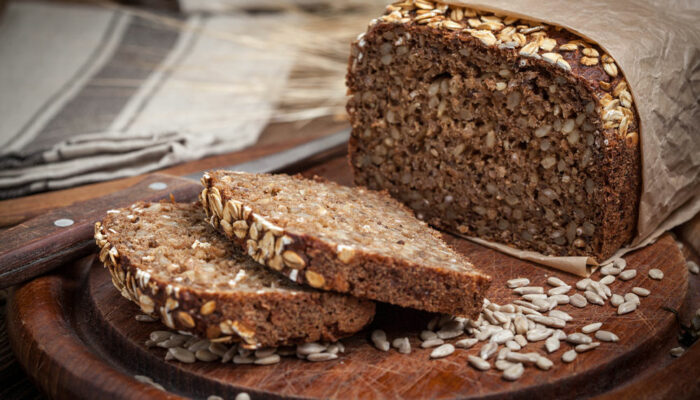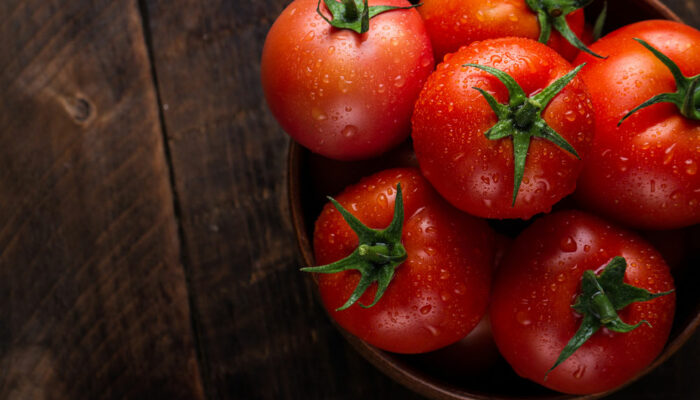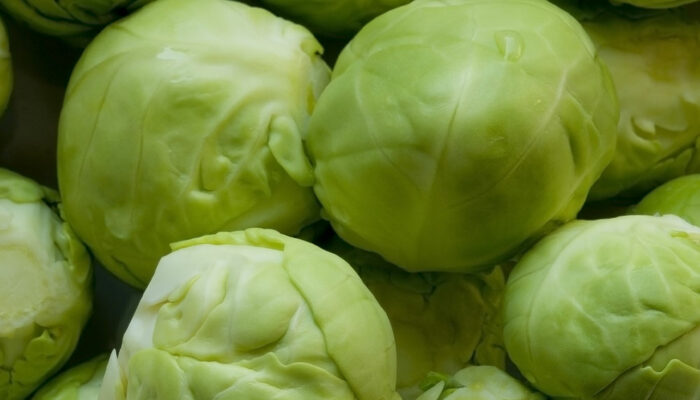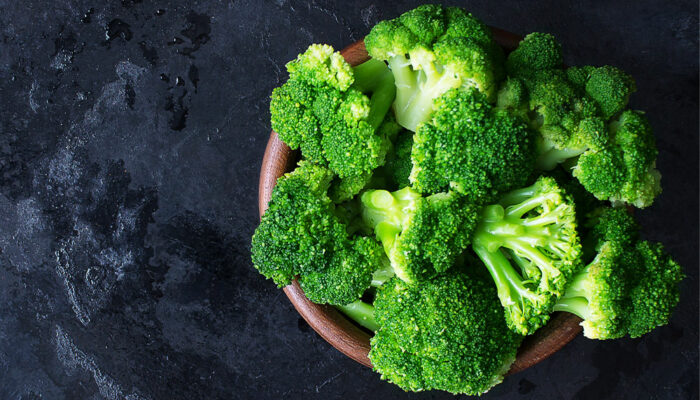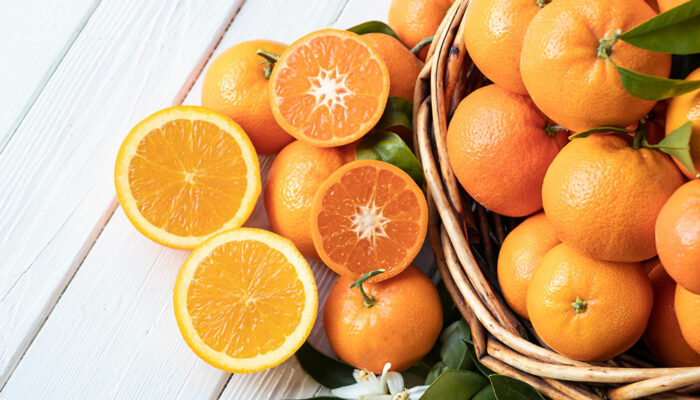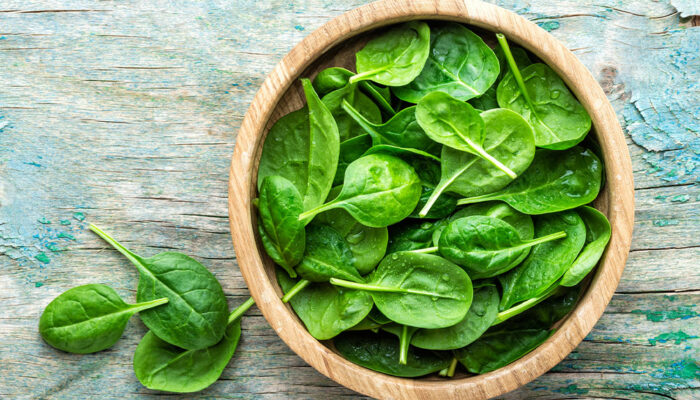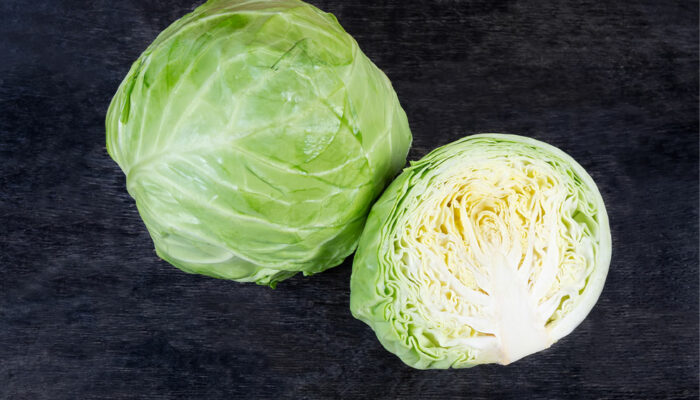
Health
Migraine – Triggers and Home Remedies
A migraine attack can result from various factors, including stress, weather changes, hormonal changes, and even certain foods and smells. The trigger can vary from person to person, and there isn’t any universal cause. The best way to determine one’s trigger is to work with an experienced doctor who treats chronic migraines. This post discusses the common foods and smells that can cause migraines and home remedies to combat the same. Foods that may trigger migraines Studies suggest that foods may cause migraines only when combined with other triggers. Nevertheless, patients should be cautious about including the following in their meals: Highly caffeinated beverages According to experts, high caffeine intake can trigger migraine attacks, so patients should avoid or limit beverages like energy drinks, soft drinks, tea, and coffee. However, since sudden caffeine withdrawal can also cause headaches, one should reduce their intake gradually. Chocolate Chocolate is considered the second most prevalent migraine trigger, affecting around 22 percent of patients. Beta-phenylethylamine and caffeine are two ingredients in chocolate that might cause the problem. Foods with MSG MSG, or monosodium glutamate, is a sodium salt of glutamic acid naturally present in the body. It’s also commonly used as a food additive in instant noodles, soups, fast food, and processed meat.
Read More 